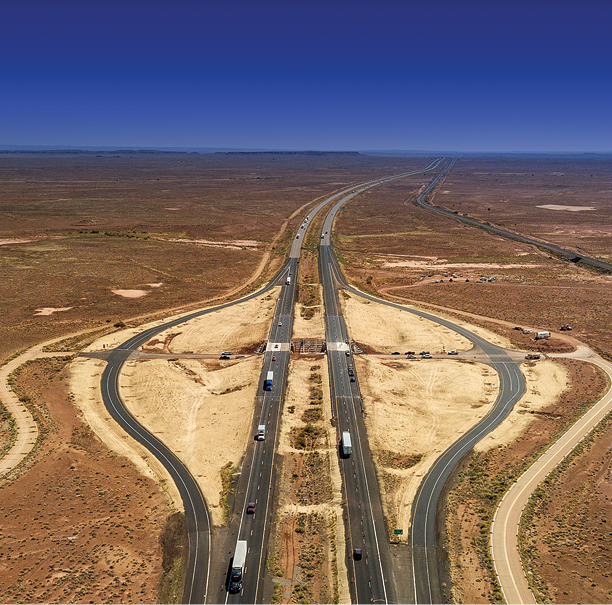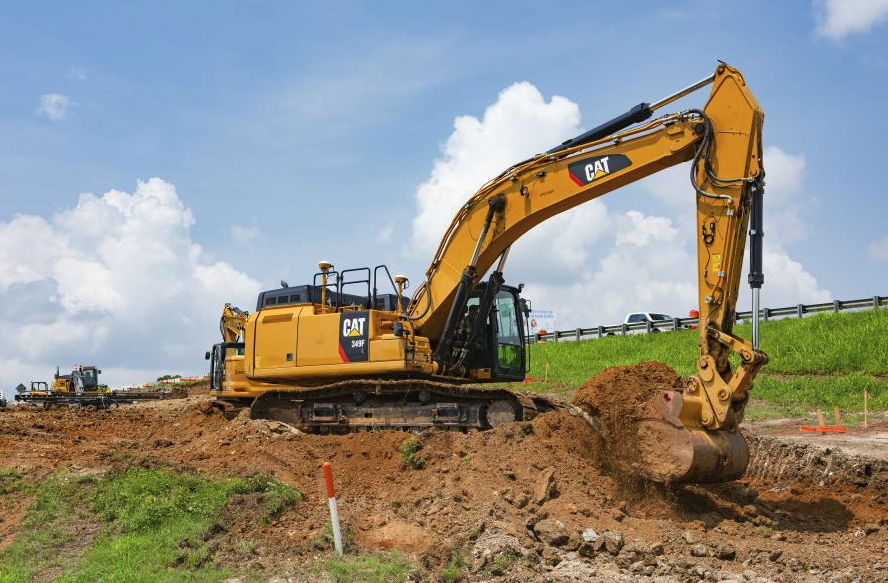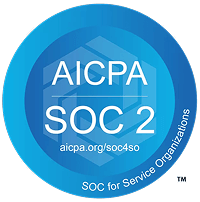Why Your Grandmother's Advice Still Beats the Latest Management Fad

Tristan Wilson
The Wisdom That Survives
You know what's funny? We pay consultants thousands of dollars to tell us things our grandparents knew for free.
"A bird in the hand is worth two in the bush."
Nassim Nicholas Taleb, the brilliant mind behind Antifragile, calls this the Lindy effect. It's simple but profound: the longer something has survived, the longer it's likely to continue surviving. Ideas that have stood the test of time probably deserve our attention more than the latest management theory trending on LinkedIn.
Photo Credit: Wikipedia
The Lindy Effect: Why Old Rules Rule
Ever wonder where the term "Lindy" comes from? It originated at Lindy's delicatessen in New York City, a popular hangout for comedians in the 1960s. Entertainment professionals there observed that the length of time a comedian had already been successful was a good predictor of their future career length. If someone had been in the spotlight for 10 years, they'd likely remain there another 10 years.
Taleb took this show business observation and expanded it into a powerful concept about knowledge and ideas: for non-perishable things (like technologies, books, and principles), every additional period of survival implies a longer remaining life expectancy. Unlike humans who age and die, ideas actually gain life expectancy the longer they exist.
Ever notice how we're obsessed with what's new? Taleb calls it "neomania" – our addiction to novelty. We chase the latest management theories, productivity hacks, and leadership frameworks like they're going to revolutionize everything.
Meanwhile, the principles that have guided successful contractors for generations collect dust.
Here's what Lindy teaches us: If advice has survived for 50, 100, or 500 years, it's not because it's cute or catchy. It's because it works.
And here's something crucial about the Lindy effect: The longer something new has survived, the longer it's likely to continue surviving.
The Start-On-Time Effect: A Construction Heuristic That Actually Works
Let me share a real-world example that blew my mind.
A superintendent and I made a bet. He claimed crews that don't start on time don't hit their daily plan. I was skeptical. "Nah, good crews can make up time," I thought.
So we tracked it. Every crew. Every day. What time did they start paving, milling, patching, or laying pipe? What was the daily target? And did they hit it?
The results? Shocking. In six months of data, crews that started 30+ minutes late almost never – and I mean practically never – hit their production goals for the day.
Why was this so surprising? Because I was terrible at estimating. We convince ourselves we can make up lost time. But the data showed otherwise.
This isn't just some quirk of our company. Talk to the old-timers who've been in this business 40+ years. They'll tell you the same thing:
"Crews that don't start on time don't finish on time."
That's a heuristic – a simple rule that consistently delivers results. And it's been true in construction since the pyramids were built.
Techno-Optimist Meets Ancient Wisdom
Here's where I might surprise you: I'm a full-blown techno-optimist. I believe AI will fundamentally reinvent how work is bid, managed, and built in our industry. The changes coming in the next decade will make the last 20 years look like a warmup.
But that doesn't mean the fundamental problems of construction will vanish. The core challenges - accurate estimation, efficient planning and production, resource allocation, communication - these don't disappear with new technology. They're constants. What changes is how we solve them.
Taleb calls this approach "via negativa" - improving by removing rather than adding. The tablet didn't eliminate writing; it removed the friction from it. The iPad isn't revolutionary because it adds features - it's revolutionary because it removes obstacles. Great technology doesn't pile on complexity - it strips away what’s unnecessary. Just ask Steve Jobs.
The best construction innovations follow this pattern. They don't add new problems to solve; they remove barriers to solving the eternal ones. Take GPS machine control - it didn't create a new challenge; it removed barriers to the age-old problem of accurate grading. The fundamental challenge of moving dirt to precise elevations hasn't changed since the Romans built roads. What GPS did was eliminate grade stakes, reduce rework, minimize overcutting, and allow less experienced operators to achieve expert-level results.
The problems don't go away. The solutions just evolve. And often, the most powerful solutions aren't the ones that add complexity - they're the ones that subtract it.
This makes me wonder: For all our technological advancement, are we actually building things better or faster than we did decades ago? The Empire State Building went up in 410 days. The Hoover Dam took 5 years. I look at some of our modern mega projects such as the disastrous Purple Line in DC ($4 billion over budget and 5 years late, and counting…) with decade long timelines and wonder if we've really advanced as much as we think.

Photo Credit: Engineering News Record
Heuristics Beat Complicated Models
There's a story about a Pentagon war game where they spent millions on sophisticated computer models. Then a retired Marine general showed up and beat the entire system using simple rules of thumb he'd learned in combat.
The same applies to construction:
- Get on site before sunrise
- Define what "started" means for each operation
- Measure daily production against targets
- Eliminate first-hour delays at all costs
Nothing fancy here. No algorithms. No proprietary systems. Just time-tested wisdom that works.
The Problem with New Books
I read constantly. But the older I get, the more I gravitate toward classics rather than whatever's new. Taleb points out that a book that's survived 100 years has proven its value, while this year's bestseller remains untested.
Think about it: We'd rather read a new management book published last year than revisit something like "The Goal" by Eliyahu Goldratt, which has guided manufacturing and project management for decades.
Even better? Talk to your company's veterans. The ones who've weathered multiple recessions and still delivered results. They're walking repositories of construction heuristics that no book can match.
Simple Rules for Complex Problems
So what are some other time-tested construction heuristics worth revisiting?
- Measure twice, cut once – Still saves more money than any software system
- Don't bid what you don't understand – Has prevented more bankruptcies than any risk management framework
- The profit is made at bid time, not during construction – This means that in construction, your profit is largely determined by how well you price the job initially, not by how efficiently you execute it. A poorly priced job rarely becomes profitable through excellent execution, but a well-priced job provides cushion for inevitable challenges. As true when my grandfather bid jobs as it is today
- The first week sets the tone for the entire project – If you're not hitting targets week one, you're already behind
- Face-to-face resolves problems faster than written communication – Digital tools are great, but nothing beats standing on site together
These aren't flashy. They don't make for exciting conference presentations. But they've guided successful contractors through world wars, recessions, pandemics, and material shortages.
Put It Into Practice
Want to leverage the Lindy effect in your operations? Try this:
- Beware of complexity. If a process or solution requires a 50-page manual, it's probably not going to outlast simple approaches. Peddlers of neomania will try to sell you complexity and make you feel bad for being "old school." But here's the truth: if something does not simplify your work, be skeptical. True innovation removes friction; it doesn't add manuals.
- Interview your oldest employees. Ask them: "What rules have never changed in this business?" Write them down. These are your Lindy-approved heuristics.
- Track start times religiously. Have your crews define what "started" means (first ton laid, first load dumped, etc.). Then measure it. The correlation with daily production will shock you.
- Re-read the classics. Instead of the latest business book, revisit something that's been proven over decades.
The crews that consistently outperform aren't necessarily the ones with the fanciest equipment or the latest software. They're the ones that respect fundamental principles that have always worked. Great technology can solve problems that have pained us for decades. But it’s often through removal of complexity, not addition.
Keep it simple. If it was true 50 years ago, it's probably still true today. And it'll likely be true 50 years from now.
Sometimes the best innovation is remembering what we already knew.
What's your favorite time-tested rule in construction? Reply and let me know – I read every response.
Thank you for reading this week. See you next week.

.avif)

.avif)


.svg)


